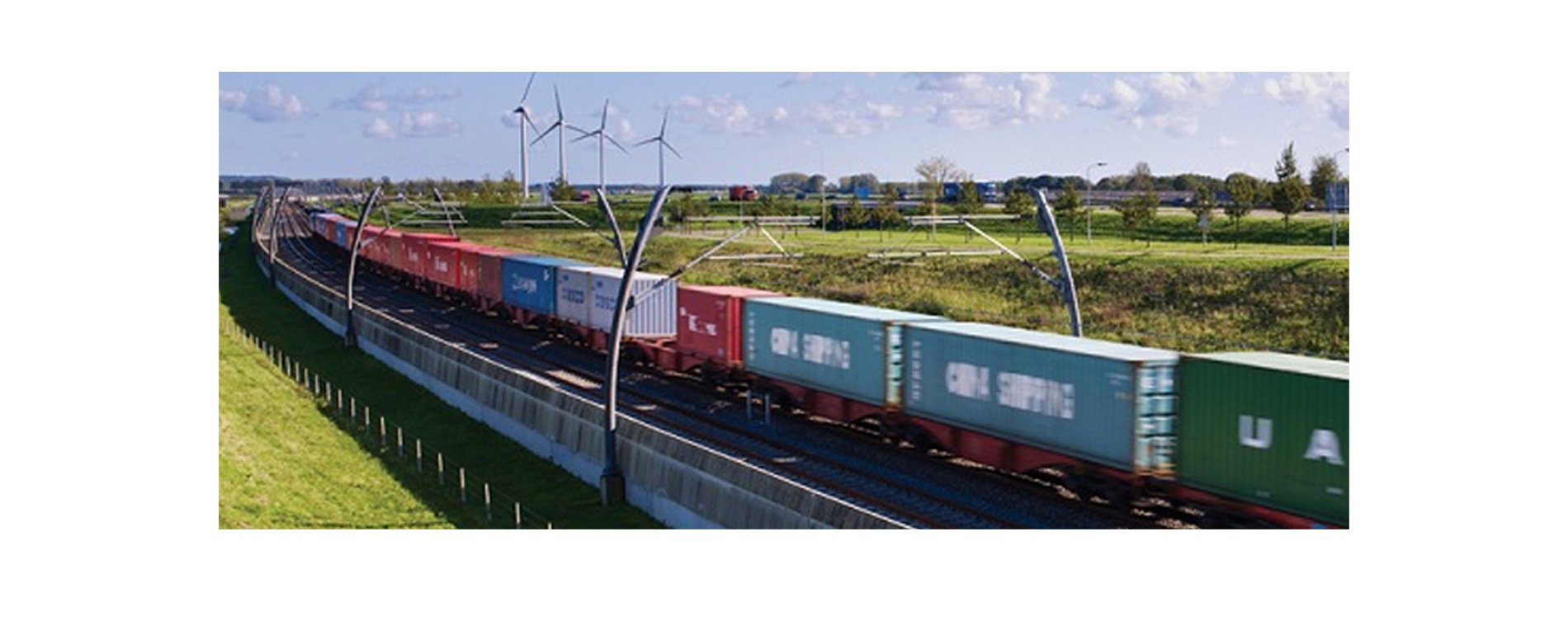1/22
The challenges and opportunities of digitalisation for rail freight carriers

EU eFTI Regulation - entry into force and the next steps
The Regulation (EU) 2020/1056 (eFTI) was published on 31 July 2020 in the Official Journal of the EU L 249/33, and entered into force on 21 August 2020. The scope of the eFTI Regulation remains limited to what was included in the Commission's proposal in Annex I, namely the directives on dangerous goods, combined transport and waste management. The latter has recently been incorporated into the text of the regulation. In addition – thanks to the moderate position of the Council of Ministers vis a vis the railway sector's two basic requirements, which would have otherwise been financially onerous for members, the EU Member States prevailed in the trilogue. This means that data reporting to the authorities by economic operators in electronic formats remains voluntary, as proposed by the Commission. The eFTI Regulation enters into force in its entirety on 21 August 2024. The Commission is expected to carry out an evaluation in 2029. This evaluation will also clarify whether the regulation should also apply to the "B2B" area.
The Council's proposal to add the TAF TSI in the application scope of the eFTI Regulation was not included in the eFTI Regulation. Instead, TAF specifications should be "considered" when implementing eFTI specifications in the future. Solutions for the Implementing Act will therefore be sought as part of the DTLF discussions. The potential financial impact of the eFTI regulation on the digitisation of transport documents could be significant for companies.
The CIT, in close cooperation with the CER, is participating in the DTLF project to implement the eFTI Regulation. The project will take full account of the IT solutions already in use by the railway undertakings in order to ensure that existing investments in IT, such as in RailData, for example, remain usable as far as possible. Cross-modal technical specifications are more effective in ensuring interoperability than mode-specific ones; the topic of multimodal data use will be explored in depth as part of the DTLF project.
The EU Commission's DTLF project – current status and further action
The "Digital Transport and Logistics Forum" (DTLF) project was launched by the European Commission in response to the megatrend of digitalisation and following the adoption of the eFTI Regulation in 2018. Consultation with the sector was critical to ensure that the costs and benefits of the measures proposed in the delegated and implementing rules made sense economically. At the beginning of 2020, the EU Commission set up a platform for member states for this purpose: https://ec.europa.eu/transparency/regexpert/index.cfm?do=groupDetail.groupDetail&groupID=3280.
At the end of 2019, the Commission began working together with the railway sector on the particular delegated/implementing acts that define the technical specifications of the eFTI Regulation. These specifications are being drafted by the DTLF Subgroup 1 (SG1), which includes both the CIT as co-speaker and the CER. It has also been suggested that RailData should participate in the discussions by members of the DTLF project on the implementation of the eFTI Regulation. Work is currently focused on ensuring that data exchange (business-to-administration/B2A), reuse (administration-to-administration/A2A) and acceptance (administration-to-business/A2B) are compliant with the requirements of the eFTI Regulation.
The procedures for recording and processing data must ensure that the functional requirements of Articles 1 and 7a of the eFTI Regulation are met. Article 8a also defined the functional requirements for the eFTI platforms. Where applicable, Articles 10, 10a and 11 of the eFTI Regulation are also relevant for data content and data flows. With regard to the relationship between the economic operators concerned and the responsible authority, the procedure must be data-neutral and, in particular, ensure that the authorities have unrestricted access on a "pull basis". The implementation work on the eFTI Regulation currently being undertaken as part of the DTLF project will be handled via the registered platforms from 2025, in particular for the B2A data exchange. All rail carriers are interested in having the proven RailData registered as a platform under Article 11 of the eFTI Regulation.
Outlook
CIT members are also encouraged to follow developments closely and to coordinate the change processes in their undertakings whenever changes become necessary. When planning or testing new technologies, taking the user's perspective into account will lead to a more straightforward implementation of the CIT's CIM electronic consignment note in communications via the interfaces of the contractual carriers, externally with the customers and internally with other participating carriers, wagon keepers and infrastructure managers. With the "30 by 2030" strategy, the main European rail freight carriers have committed to increasing the share of international rail freight traffic in Europe from 18% today to 30% in 2030.
